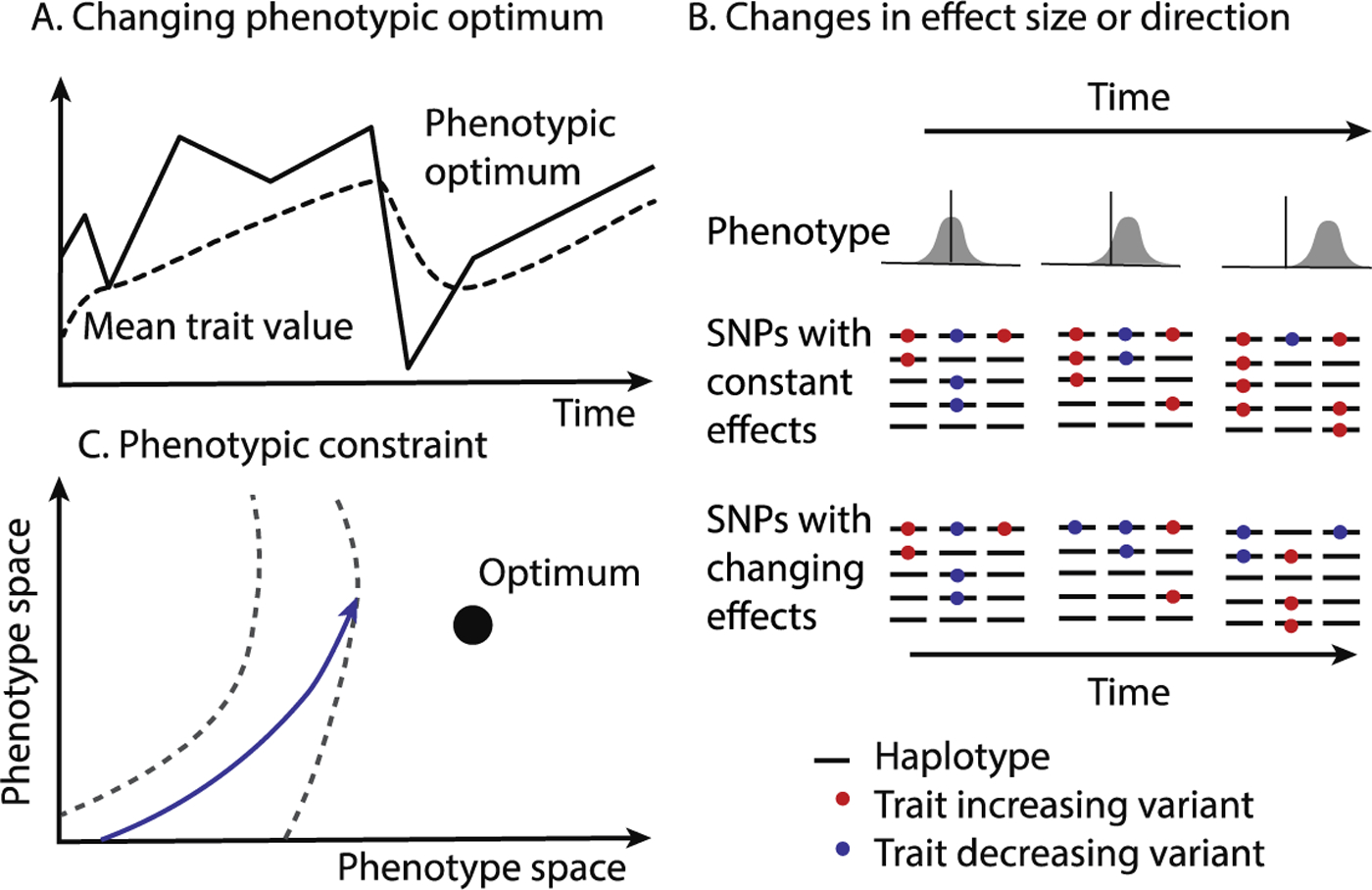Figure 3: Limits to polygenic adaption. A:

If the phenotypic optimum changes over time, polygenic adaptation will not leave a consistent signal of frequency shift. B: Similarly, if effect sizes or direction changes over time due to allelic heterogeneity, or interactions, then polygenic adaption will occur, but will not leave a consistent pattern of frequency shifts. This cartoon shows a population of five haplotypes with three trait-associated SNPs over three time periods, with selection for an increased phenotype. If SNP effects are constant, then trait-increasing SNPs consistently increase in frequency and trait-decreasing SNPs decrease in frequency. On the other hand, if effects change over time, then this signal would be obscured over the long term, even though polygenic adaptation is still occurring. C: Finally, polygenic adaptation may be fundamentally limited by pleiotropy, which constrains the range of possible phenotypes that can be reached (between the dashed lines), or the set of variants that can respond to selection.
